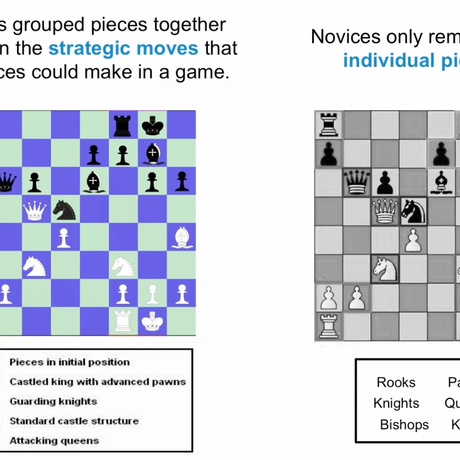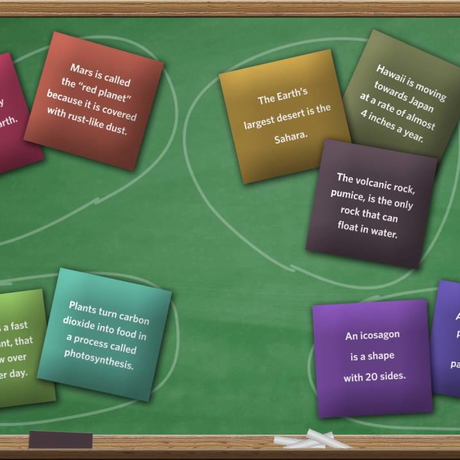The first step in understanding the Crosscutting Concepts (CCCs) is to see how they can serve as a framework to organize content or phenomenon around a single theme, which is addressed in the CCC Speed Dating and Station Rotation activity. Once they have grasped that basic framework, educators can move on to explore how the CCCs progress across the grades and how they can be used to draw different ideas out of a single piece of content. This pair of activities explores these two ideas and will help participants deepen their understanding of the CCCs as a versatile tool to support student learning.
The vertical alignment activity is a quick card sort intended to engage participants with the NGSS language describing the CCC progression. The explicit goal is to gain an understanding of how each CCC builds in complexity from kindergarten through high school. However, an additional “behind the scenes” motivation is to get participants interested in looking at Appendix G! This NGSS Appendix includes a table describing the specifics of what the CCCs should look like for each grade band. This level of detail is important to be aware of, and this activity helps push educators to go beyond just the title of the CCC and think more deeply about what it actually means.
The CCC lenses activity explores the power of the CCCs as a tool for guiding student thinking. Many phenomena or pieces of content can be connected with more than one CCC. This initially seems confusing—how do I fit this piece of content into a CCC framework if there are multiple places it could fit? However, this creates an opportunity for crafting intentional connections that support specific learning goals. For example, a topic like ecosystems could be explored through the lens of the Systems and System Models CCC, the Energy and Matter CCC, or the Stability and Change CCC. Each of these lenses would bring out different ideas and understandings about ecosystems, and a thoughtful combination of CCC lenses would give students a rich, multi-tiered perspective on the topic.


